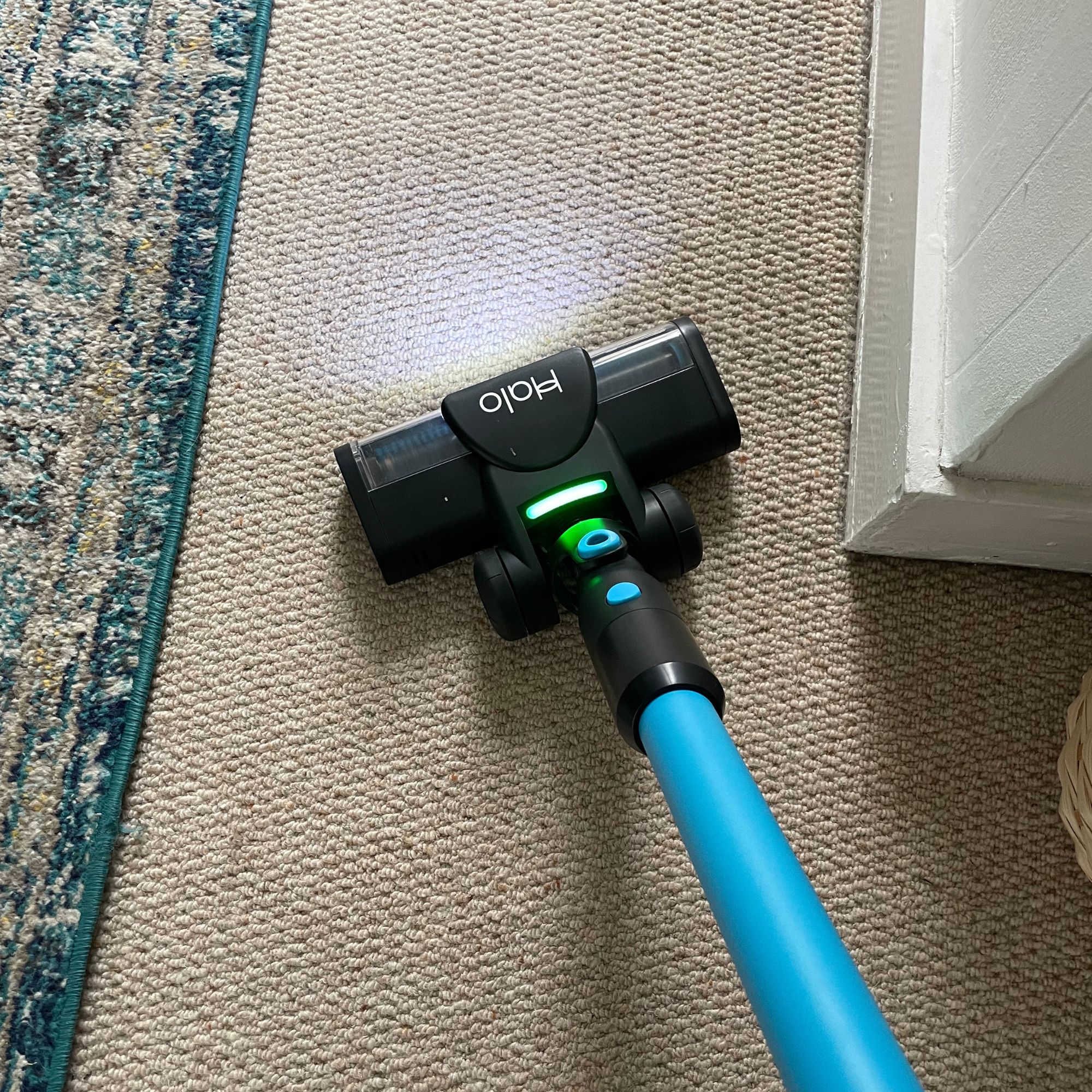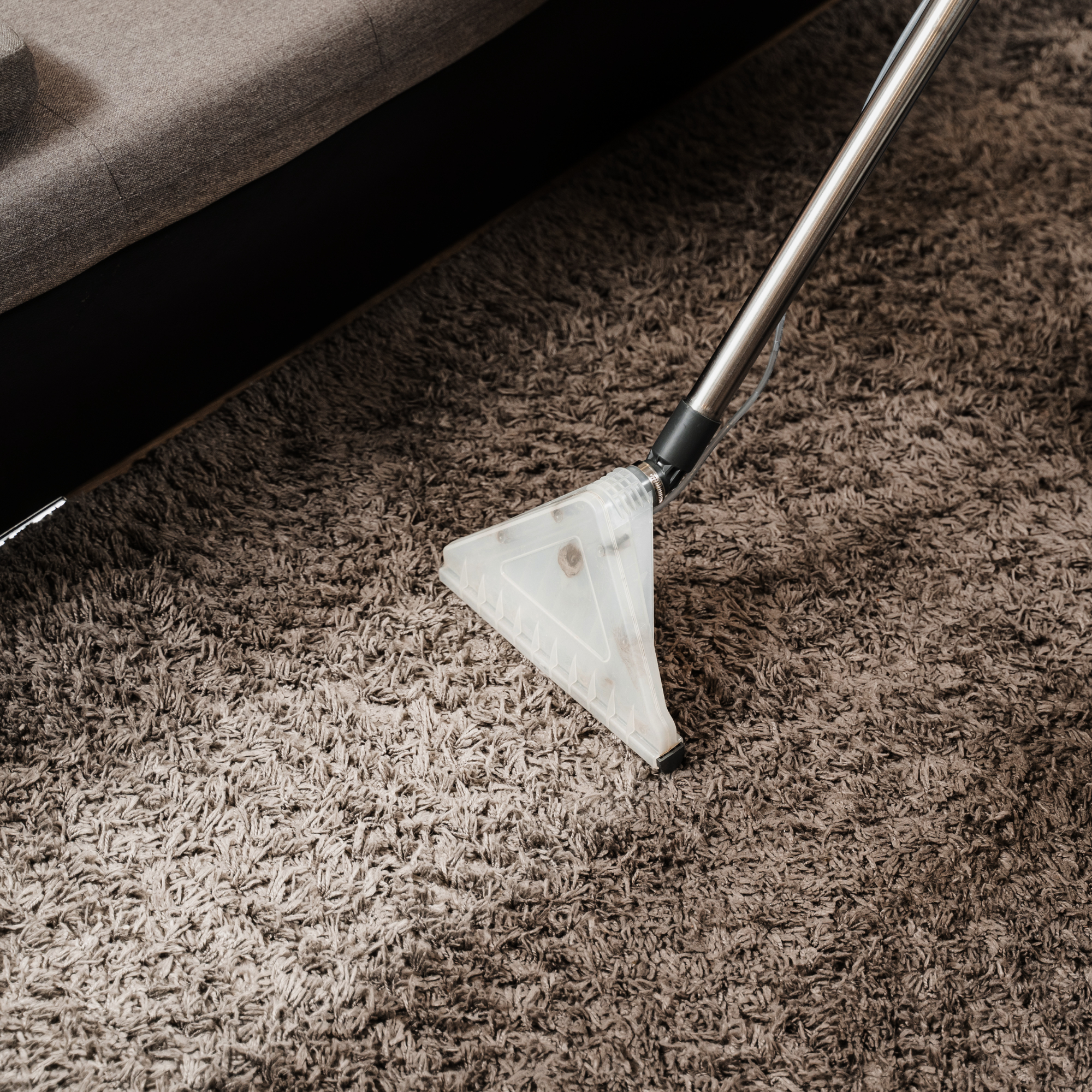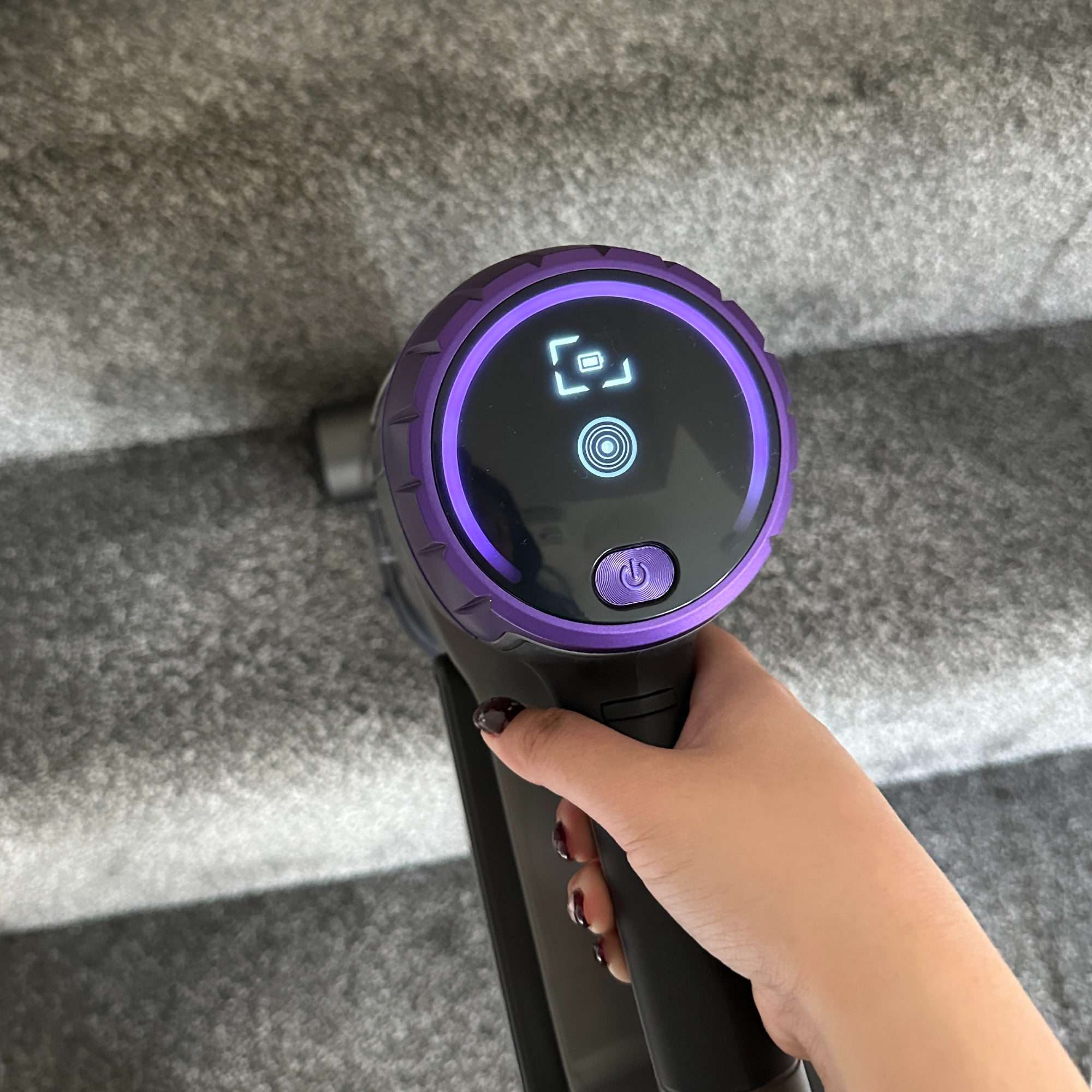
Experts are warning that your carpets could be hiding mould without you even realising. A recent experiment by Factory Direct Flooring, which investigated how clean our floors were, found carpets to be mould hotspots - even though you can't see the mould growth.
The good news is that as long as you follow the cleaning rule of vacuuming once a week you should get rid of any mould spores and stop mould from coming back.
Not being able to see mould in your carpet can fill you with dread, but all you need is your best vacuum cleaner at hand to keep mould growth in carpets at bay.

Why does mould grow in carpets?
Factory Direct Flooring's experiment found that regular vacuuming reduced mould bacteria on carpets by 66%
The researchers found six bacteria strains present on our floors, with mould being the most common. They found bathroom floors had the most mould, followed by the hallway and stairs.
Carpets were a hotpot for harbouring mould because of how easily it can trap dirt and moisture in their fibres. ‘Carpets can end up harbouring bacteria and other nasties that are trampled in from elsewhere. They can also end up trapping moisture within the fibres,’ says Henry Paterson, Cleaning Expert at Housekeep.
‘There are also mould spores in the air naturally, which can land and settle on carpets. Add moisture from spillages to the equation — which aren't always cleared up correctly — and it's not surprising that carpets can become a hotspot for mould growth.’

Why does vacuuming work?
The experiment tried a number of different cleaning methods, swabbing the floors before and after to check for mould and bacteria. Vacuuming was found to be 71% effective overall when it came to cleaning floors.
The findings ruled that vacuuming your floors at least once a week was enough to combat mould growth. However, looking at how often should you vacuum, many experts recommend vacuuming twice a week in general. This is good news - combating mould can easily fit into your normal vacuuming routine, provided you are vacuuming your entire home more than once a week.
However, Henry admitted he was a little surprised by the results since; ‘ there’s no chemicals at all aiding the cleaning process. That being said, vacuuming is a highly effective method for removing all sorts of dirt, bacteria and allergens that are trapped in carpets, so it’s not altogether surprising that the same’s true for mould.’

As well as staying up to date with your vacuuming, it’s important to keep on top of your vacuum maintenance too.
‘The best way to prevent dirt and bacteria from building up in your vacuum cleaner is by emptying the container, and cleaning or replacing the filter after each use, depending on the type of vacuum you have,’ says Paul Hambidge, Managing Director at Factory Direct Flooring
‘Reusable filters can usually be cleaned out by rinsing it in water, but make sure to check your specific appliance's manual first. If you regularly empty the container and change the filter, and dirt or smells are still lingering, try cleaning the bristles or even the inside of your vacuum's hose.’
Our favourite vacuum cleaners for carpet
During testing by Ideal Home experts, this vacuum performed really well on high traffic area's, making it ideal for particulary grubby areas.
We rated this vacuum as the best vacuum for carpet. With it's excellent suction, it's great at getting between carpet fibres.
We rated this the best affordable hoover and with a 9-litre capacity, it can happily take on the whole house. This vacuum is a workhorse and is likely to last for years.
By keeping on tip of your vacuum cleaner’s maintenance, it will be much more efficient to use, resulting in better cleans.
Regular cleaning is one of the best methods to keep on top of mould. It may not be your favourite chore, but it’s vital for protecting your health and home this winter.







